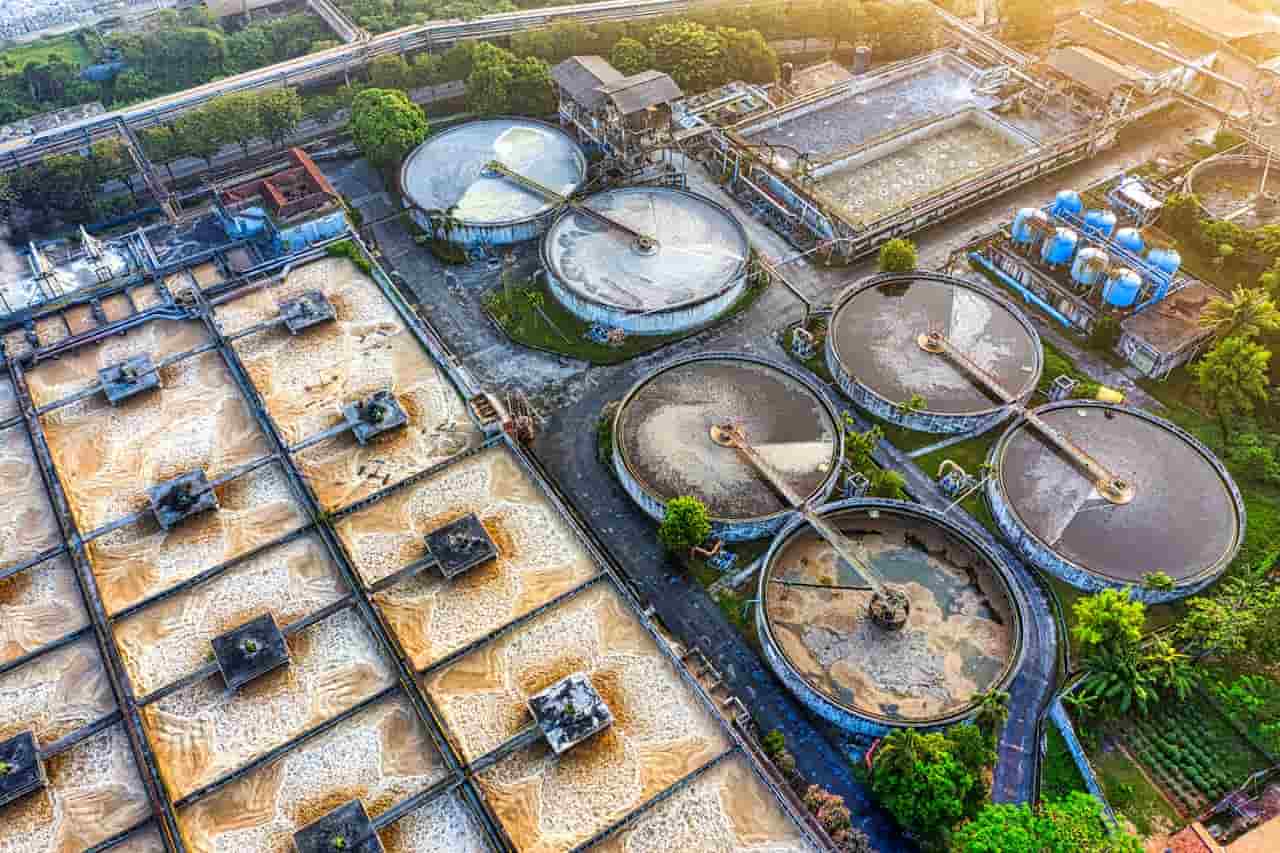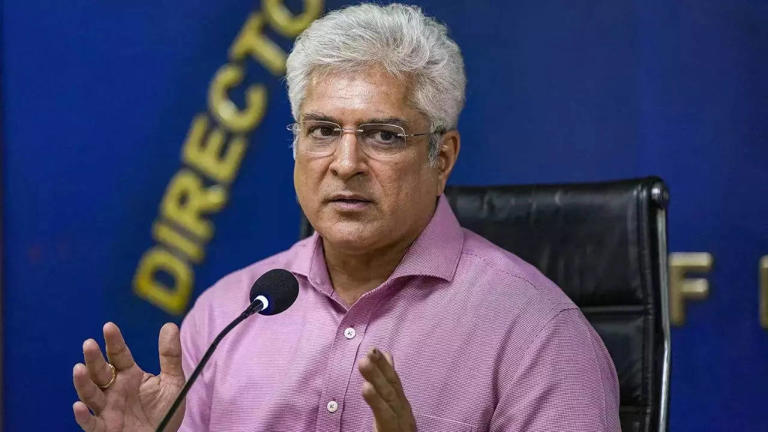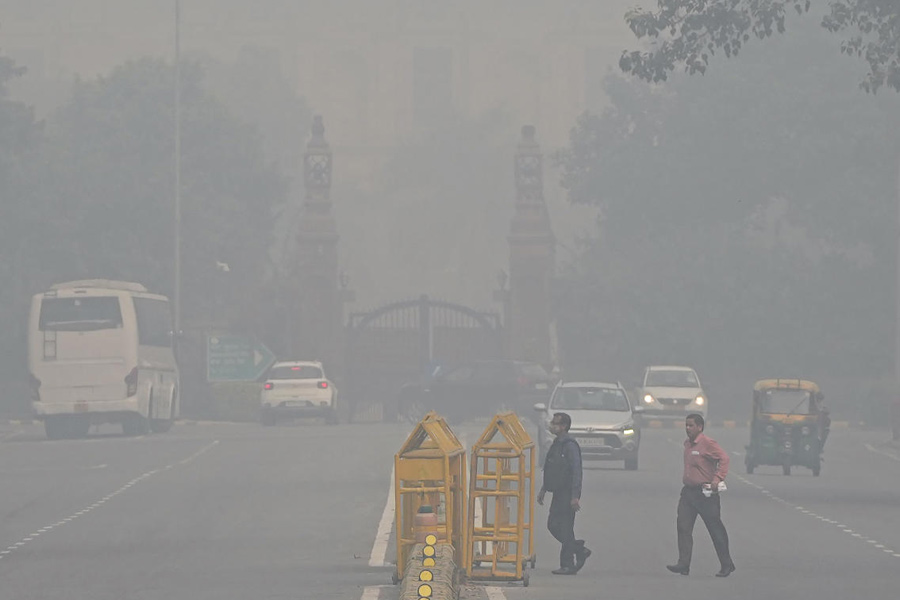Home / meghalaya / Seven Water Bodies in Meghalaya Declared Polluted: Rising Environmental Concerns
Seven Water Bodies in Meghalaya Declared Polluted: Rising Environmental Concerns
By: My India Times
2 minutes read 75Updated At: 2025-03-05
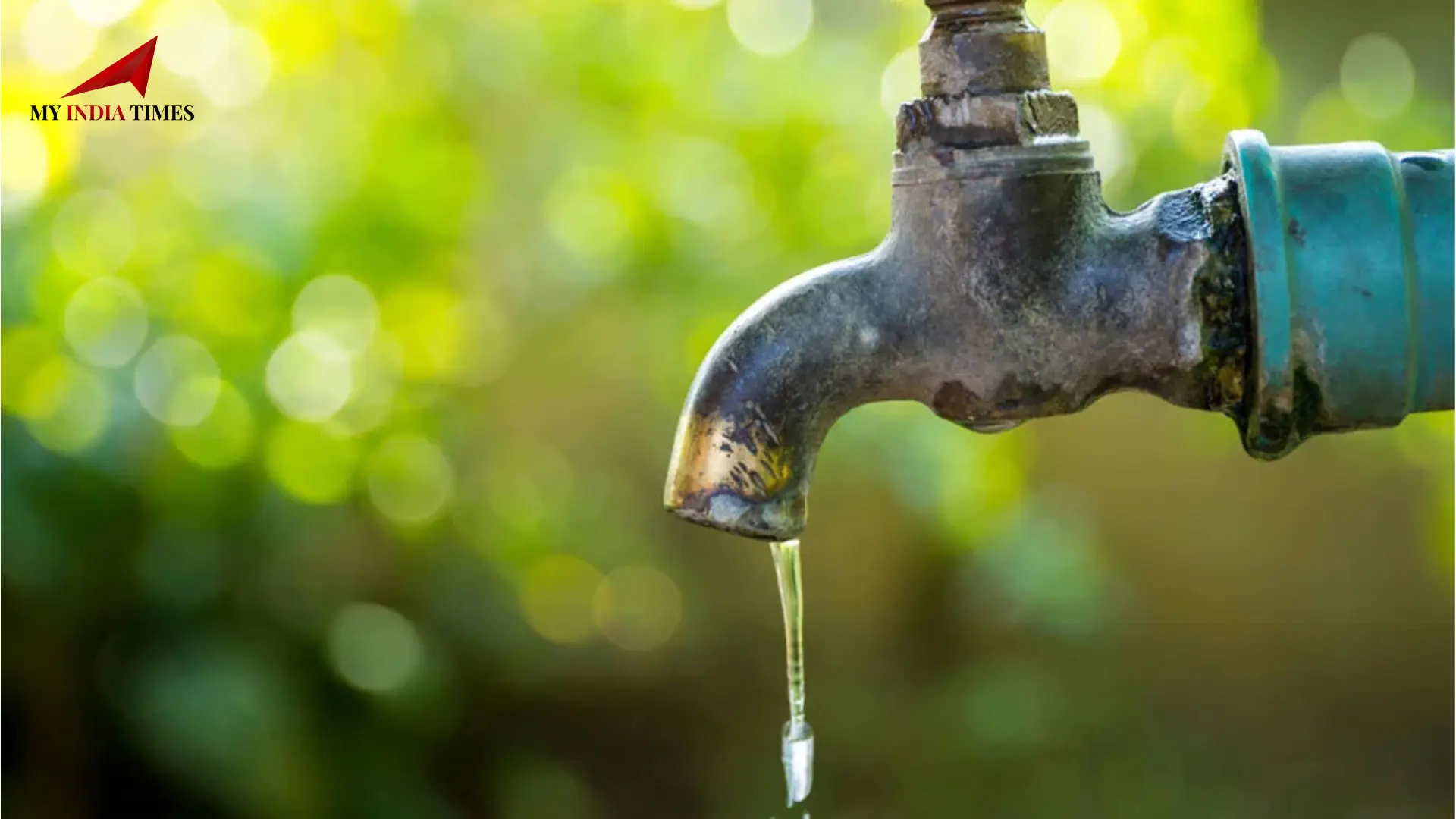
Shillong, March 2: Meghalaya is grappling with a growing environmental crisis as seven of its major water bodies have been officially identified as polluted. This alarming revelation comes from the annual report for 2022-23 presented by the Meghalaya State Pollution Control Board (MSPCB) in the Assembly.
Statewide Water Monitoring Network and Pollution Identification
To systematically assess and control water pollution, the MSPCB has established an extensive network of Water Quality Monitoring Stations across Meghalaya. Under the National Water Monitoring Programme (NWMP), the state currently operates 84 monitoring stations, covering 67 rivers, 4 lakes, and 13 springs or wells.
However, despite these monitoring efforts, critical pollution levels have been detected at several sites. The Central Pollution Control Board (CPCB) has classified seven key water bodies as polluted due to their high Biological Oxygen Demand (BOD) levels, which indicate severe contamination.
List of Polluted Water Bodies in Meghalaya
The following rivers have been flagged as critically polluted:
Umkhrah River – East Khasi Hills District
Umshyrpi River – East Khasi Hills District
Kyrhukhla River – Identified as contaminated in East Jaintia Hills District
Lunar River (a tributary of Lukha River) – Myndihati, East Jaintia Hills District
Umtrew River – Byrnihat, Ri Bhoi District
Myntdu River – Jowai, West Jaintia Hills District
Nanbah River – Nongstoin, West Khasi Hills District
These rivers, which serve as vital water sources for local communities, are increasingly deteriorating due to pollution from urban runoff, industrial waste, and domestic sewage.
Government Measures and Action Plans
In response to this concerning situation, the MSPCB has formally notified the Deputy Commissioners of the affected districts, urging immediate action to mitigate pollution sources. The district administrations have been directed to collaborate with relevant departments to formulate an effective action plan for pollution control.
Key steps taken so far include:
Directives issued to district officials to monitor pollution sources actively.
Coordination with environmental and urban development departments to address industrial and domestic waste discharge.
Prohibitory orders against dumping of solid and liquid waste into these rivers and streams.
Public awareness campaigns encouraging responsible waste disposal practices.
Urgent Need for Sustainable Water Conservation Strategies
The identification of these polluted water bodies underscores the urgent need for enhanced environmental regulations, strict enforcement of pollution control measures, and community involvement in preserving natural water resources. Meghalaya’s fragile ecosystem depends on collective efforts from the government, industries, and residents to ensure clean and sustainable water bodies for future generations.
As environmental concerns mount, the need for continuous monitoring and proactive initiatives becomes ever more critical in safeguarding Meghalaya’s invaluable water resources.
....
Shillong, March 2: Meghalaya is grappling with a growing environmental crisis as seven of its major water bodies have been officially identified as polluted. This alarming revelation comes from the annual report for 2022-23 presented by the Meghalaya State Pollution Control Board (MSPCB) in the Assembly.
Statewide Water Monitoring Network and Pollution Identification
To systematically assess and control water pollution, the MSPCB has established an extensive network of Water Quality Monitoring Stations across Meghalaya. Under the National Water Monitoring Programme (NWMP), the state currently operates 84 monitoring stations, covering 67 rivers, 4 lakes, and 13 springs or wells.
However, despite these monitoring efforts, critical pollution levels have been detected at several sites. The Central Pollution Control Board (CPCB) has classified seven key water bodies as polluted due to their high Biological Oxygen Demand (BOD) levels, which indicate severe contamination.
List of Polluted Water Bodies in Meghalaya
The following rivers have been flagged as critically polluted:
Umkhrah River – East Khasi Hills District
Umshyrpi River – East Khasi Hills District
Kyrhukhla River – Identified as contaminated in East Jaintia Hills District
Lunar River (a tributary of Lukha River) – Myndihati, East Jaintia Hills District
Umtrew River – Byrnihat, Ri Bhoi District
Myntdu River – Jowai, West Jaintia Hills District
Nanbah River – Nongstoin, West Khasi Hills District
These rivers, which serve as vital water sources for local communities, are increasingly deteriorating due to pollution from urban runoff, industrial waste, and domestic sewage.
Government Measures and Action Plans
In response to this concerning situation, the MSPCB has formally notified the Deputy Commissioners of the affected districts, urging immediate action to mitigate pollution sources. The district administrations have been directed to collaborate with relevant departments to formulate an effective action plan for pollution control.
Key steps taken so far include:
Directives issued to district officials to monitor pollution sources actively.
Coordination with environmental and urban development departments to address industrial and domestic waste discharge.
Prohibitory orders against dumping of solid and liquid waste into these rivers and streams.
Public awareness campaigns encouraging responsible waste disposal practices.
Urgent Need for Sustainable Water Conservation Strategies
The identification of these polluted water bodies underscores the urgent need for enhanced environmental regulations, strict enforcement of pollution control measures, and community involvement in preserving natural water resources. Meghalaya’s fragile ecosystem depends on collective efforts from the government, industries, and residents to ensure clean and sustainable water bodies for future generations.
As environmental concerns mount, the need for continuous monitoring and proactive initiatives becomes ever more critical in safeguarding Meghalaya’s invaluable water resources.
By: My India Times
Updated At: 2025-03-05
Tags: meghalaya News | My India Times News | Trending News | Travel News
Join our WhatsApp Channel






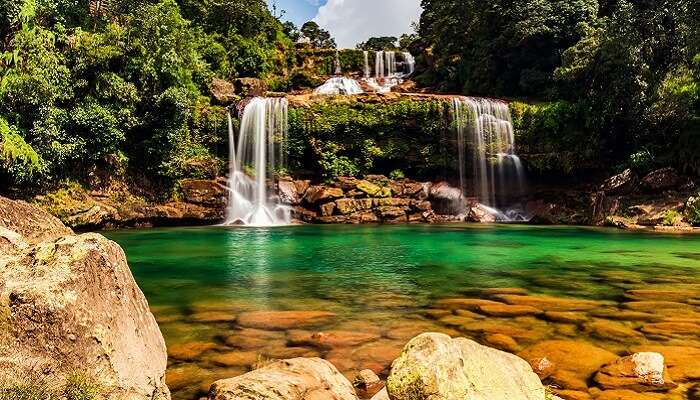

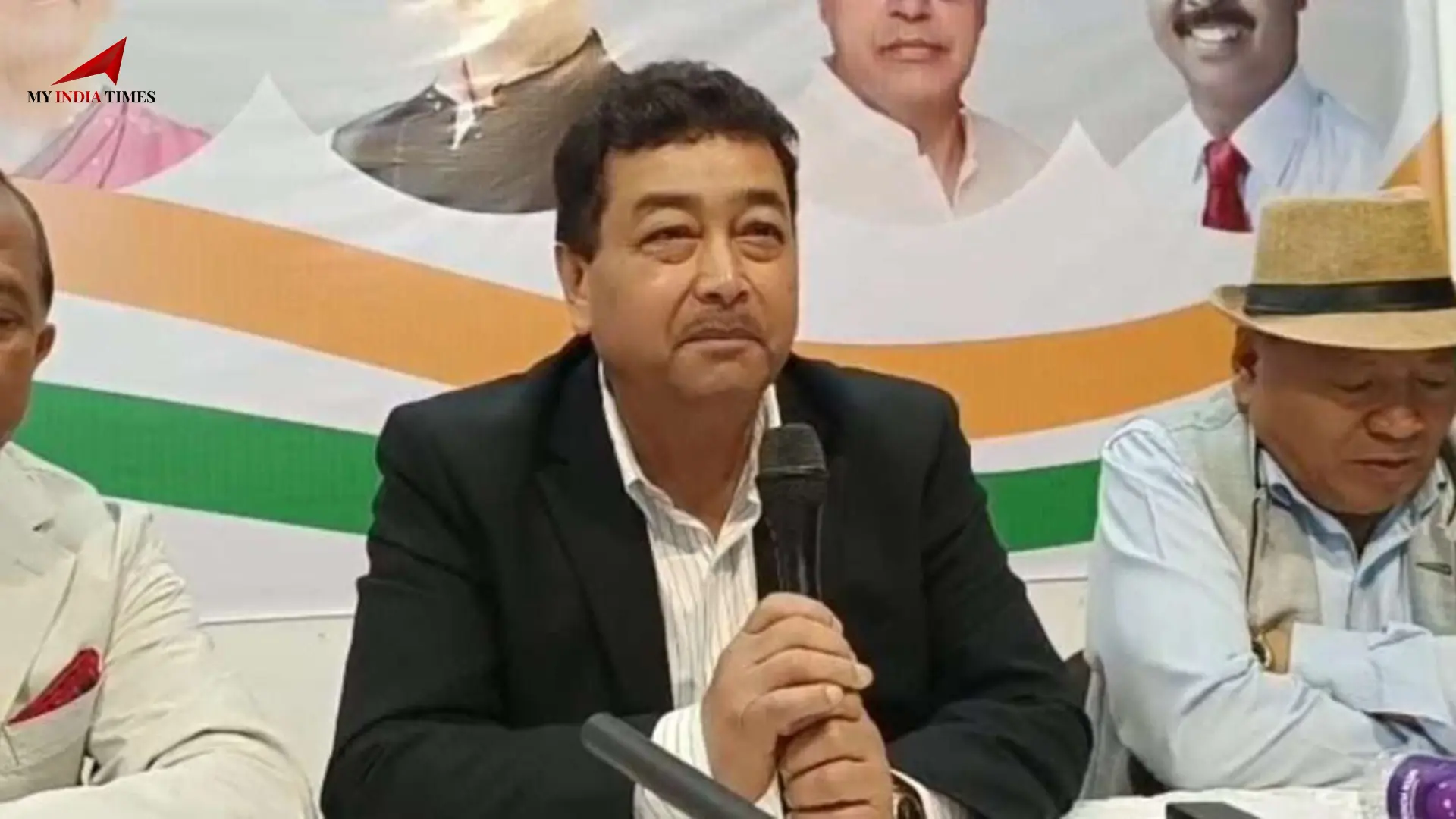
.jfif)

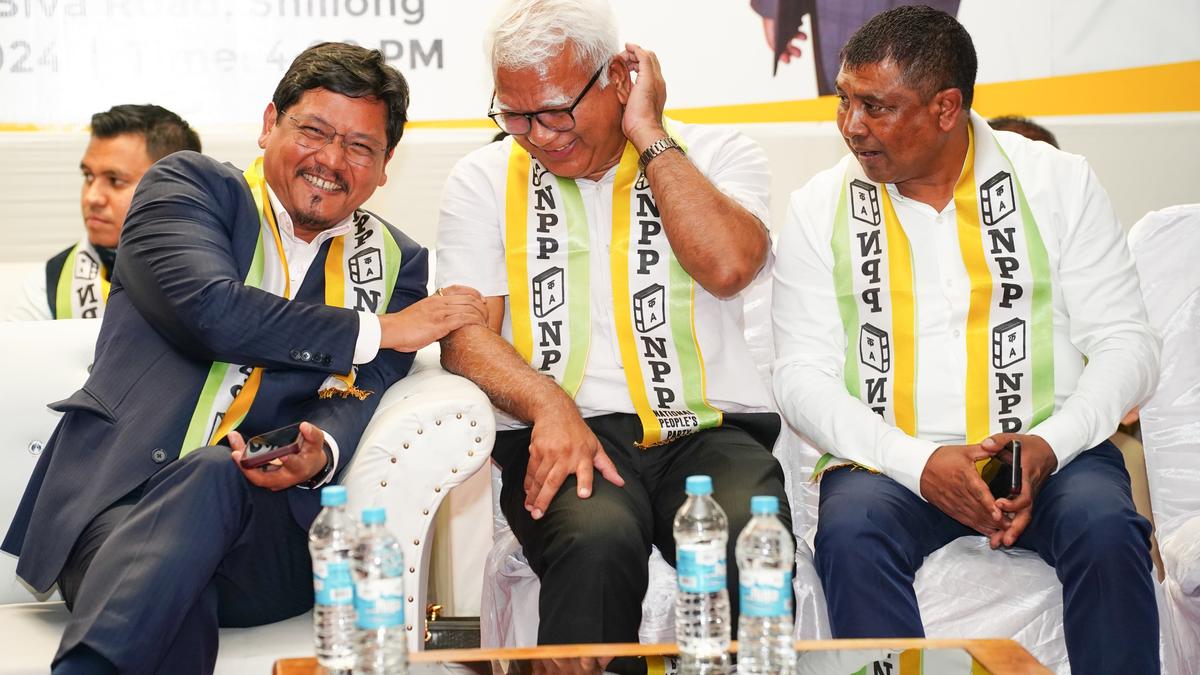
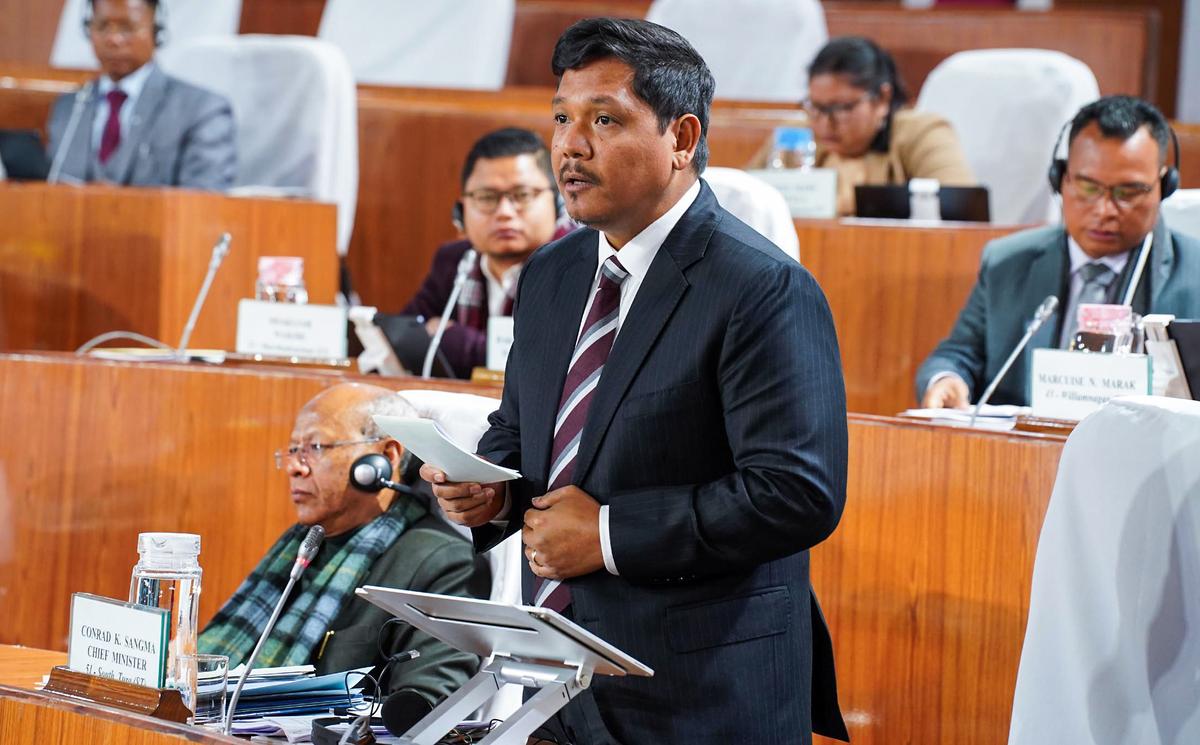
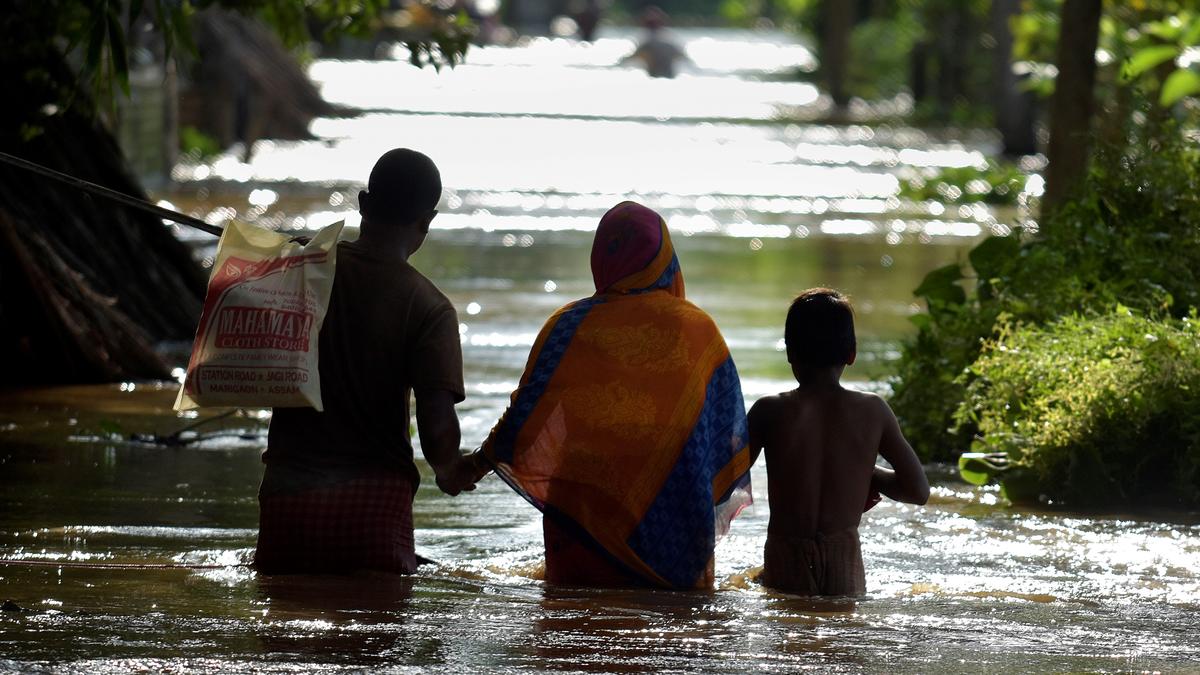

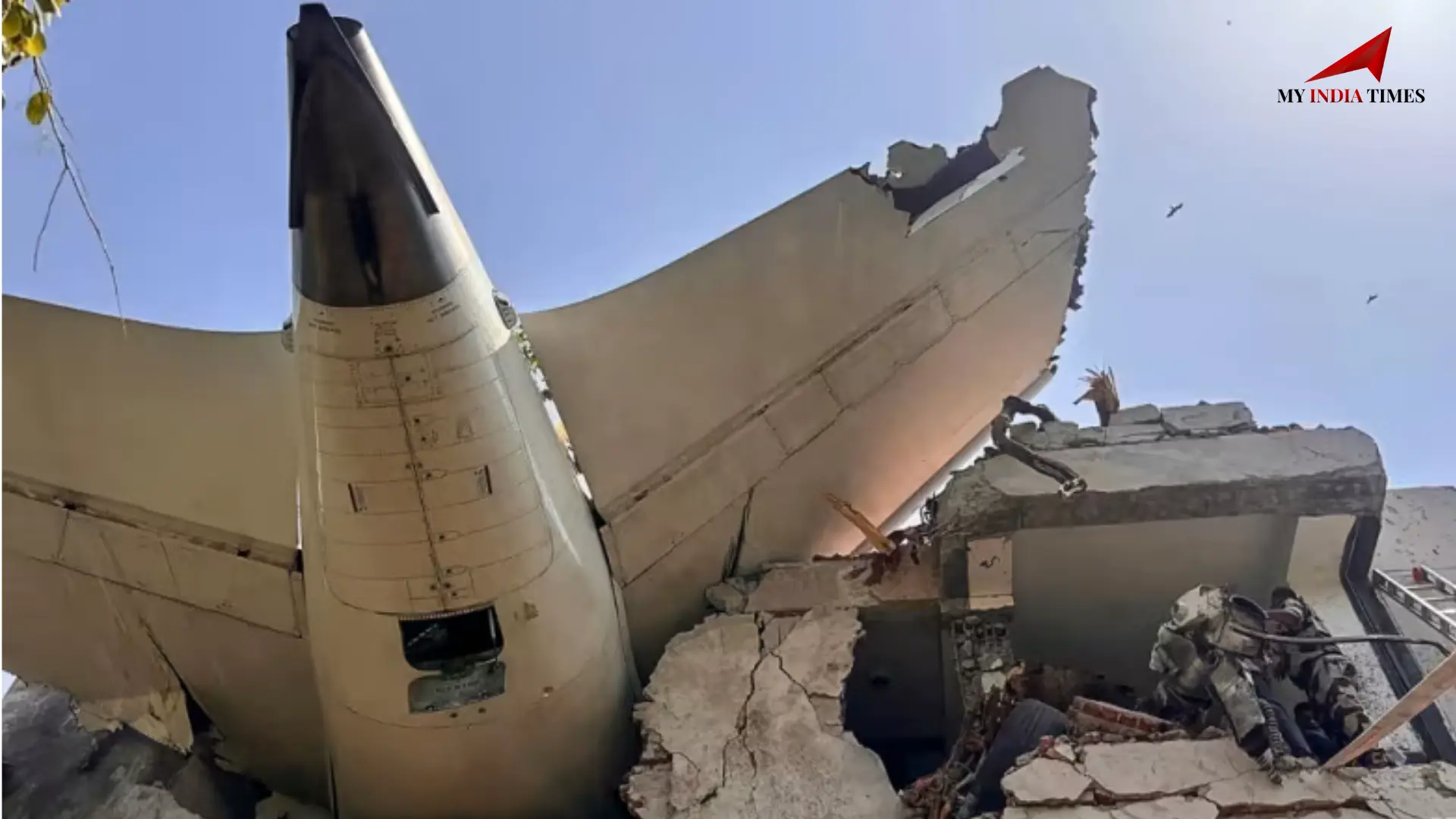




















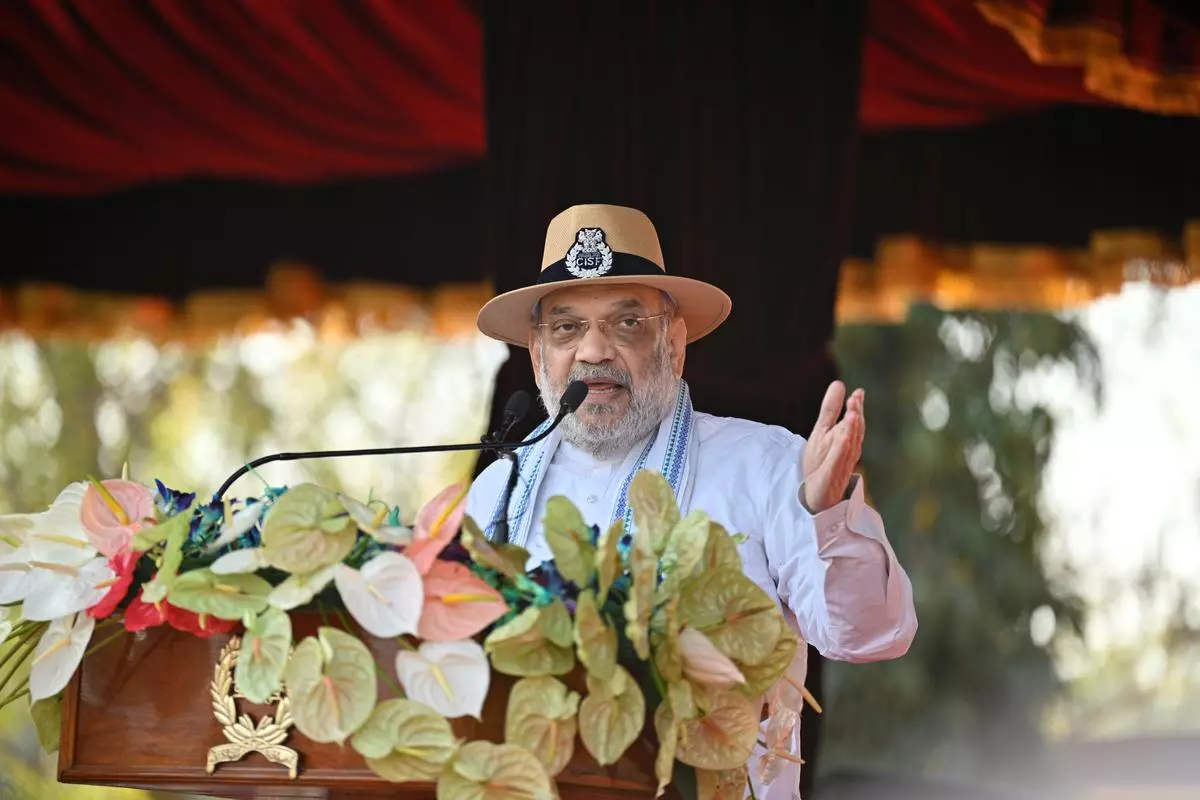






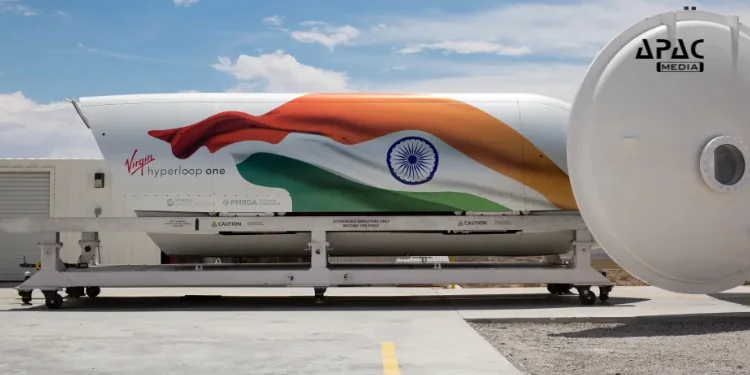




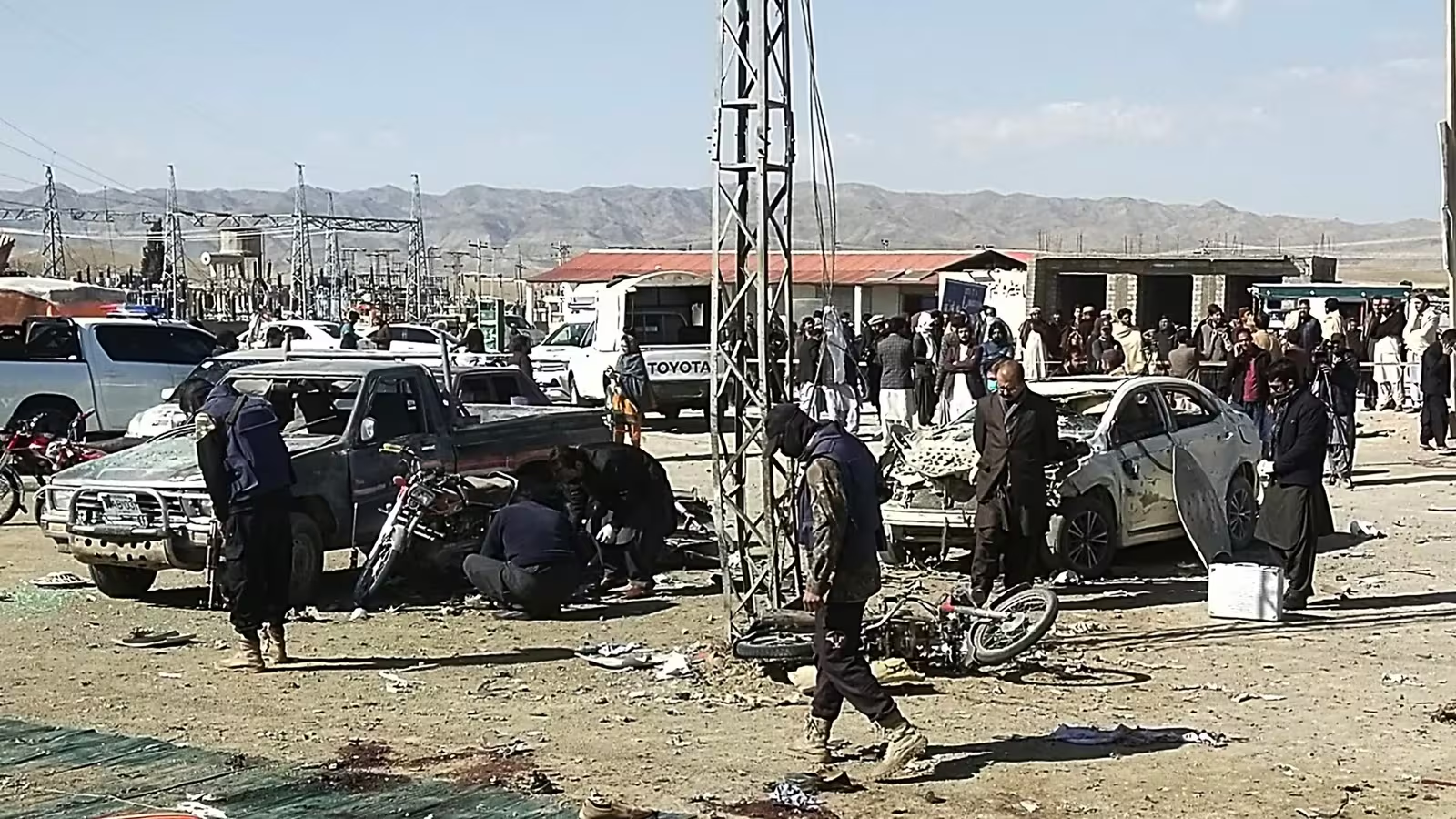




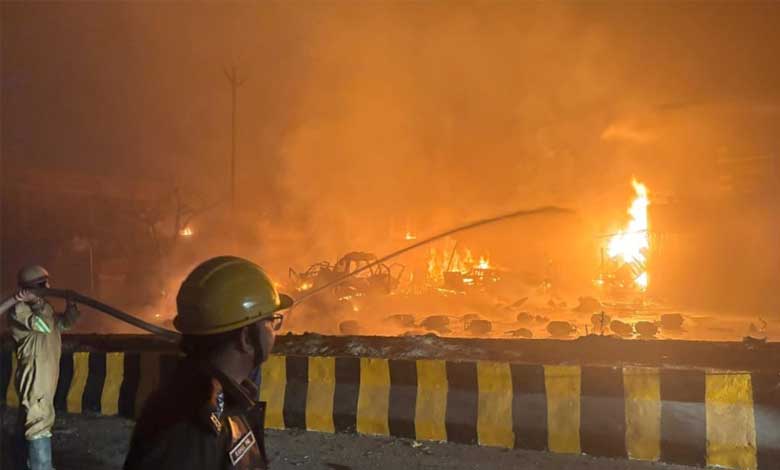








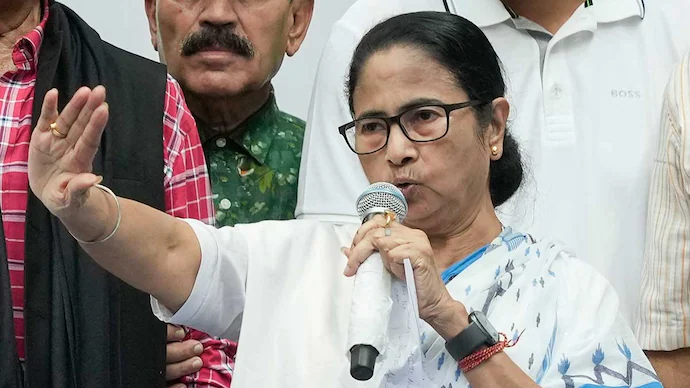


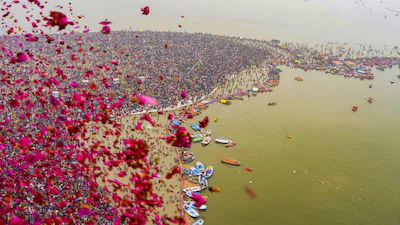
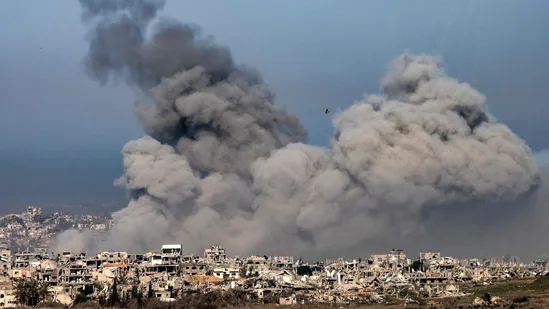
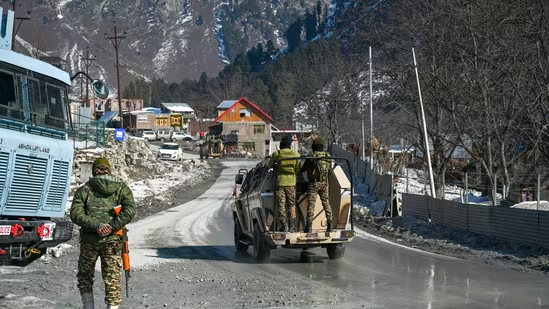

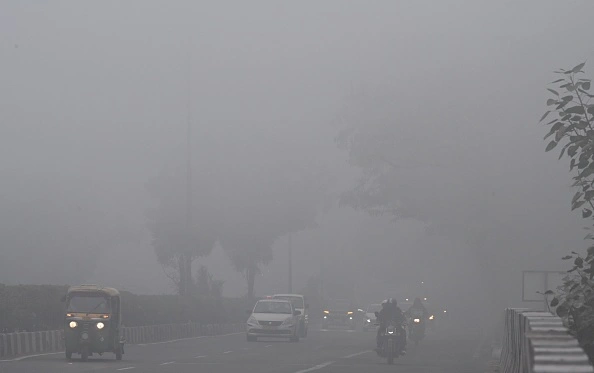

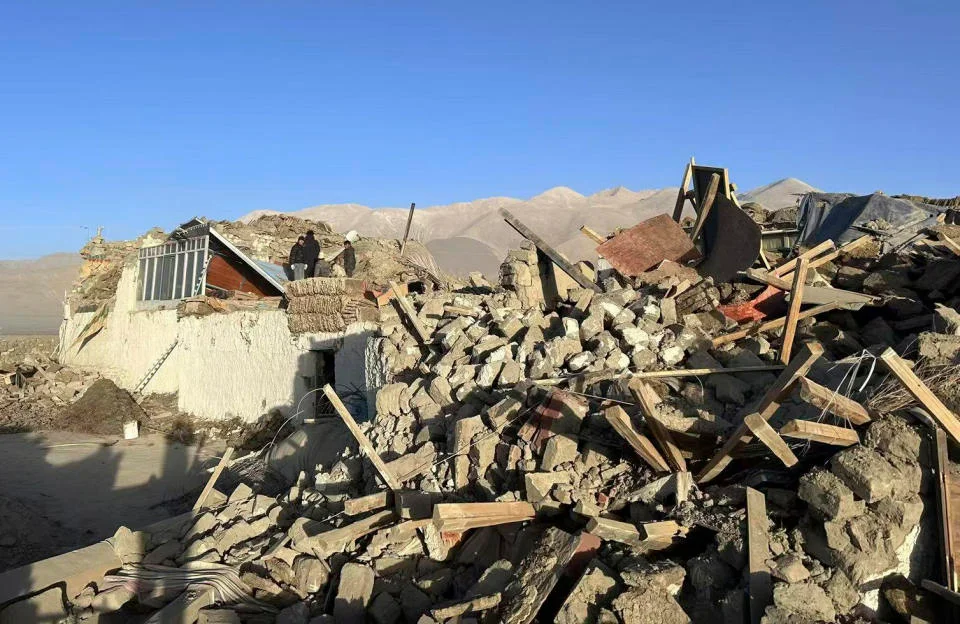



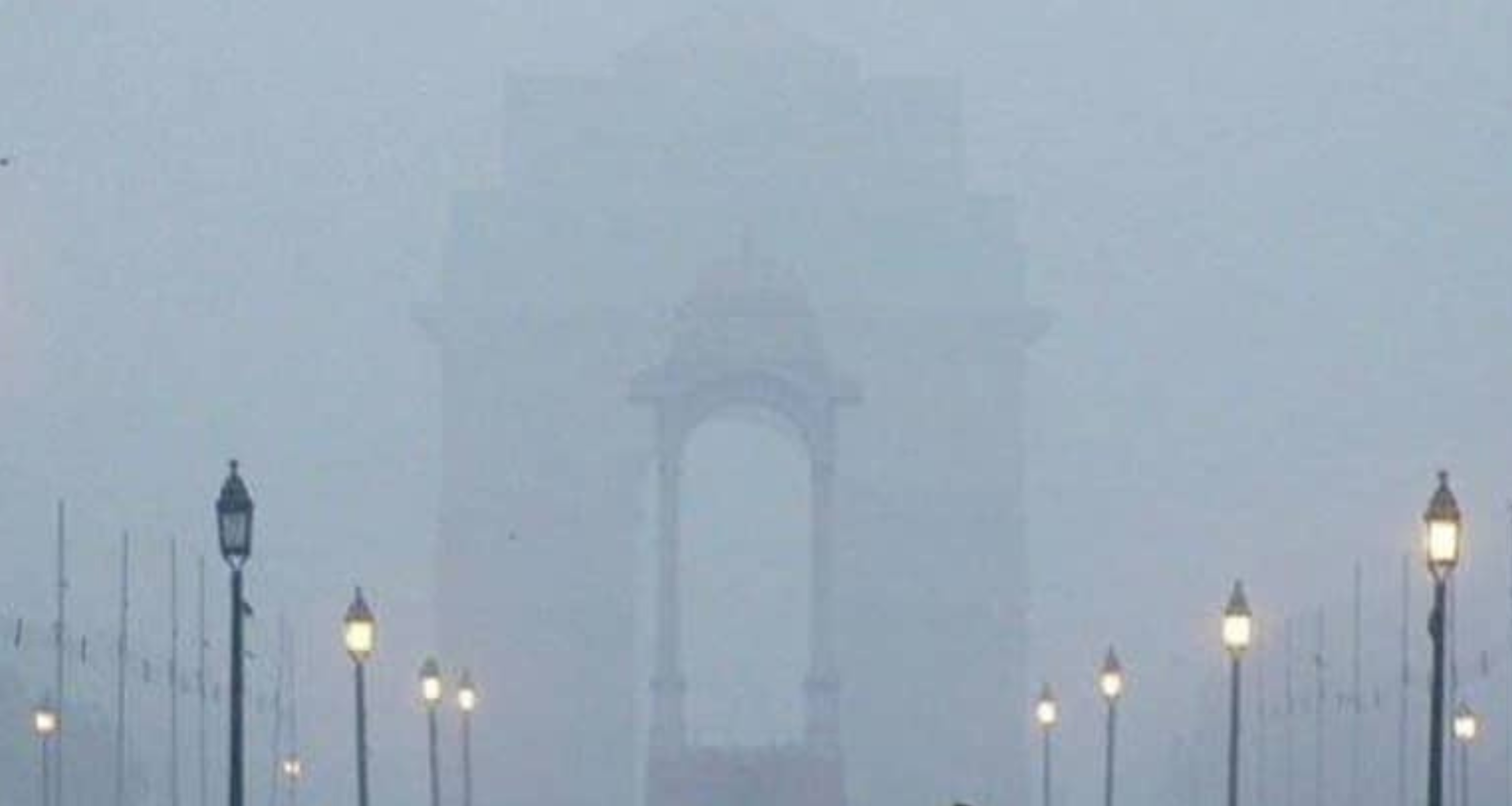
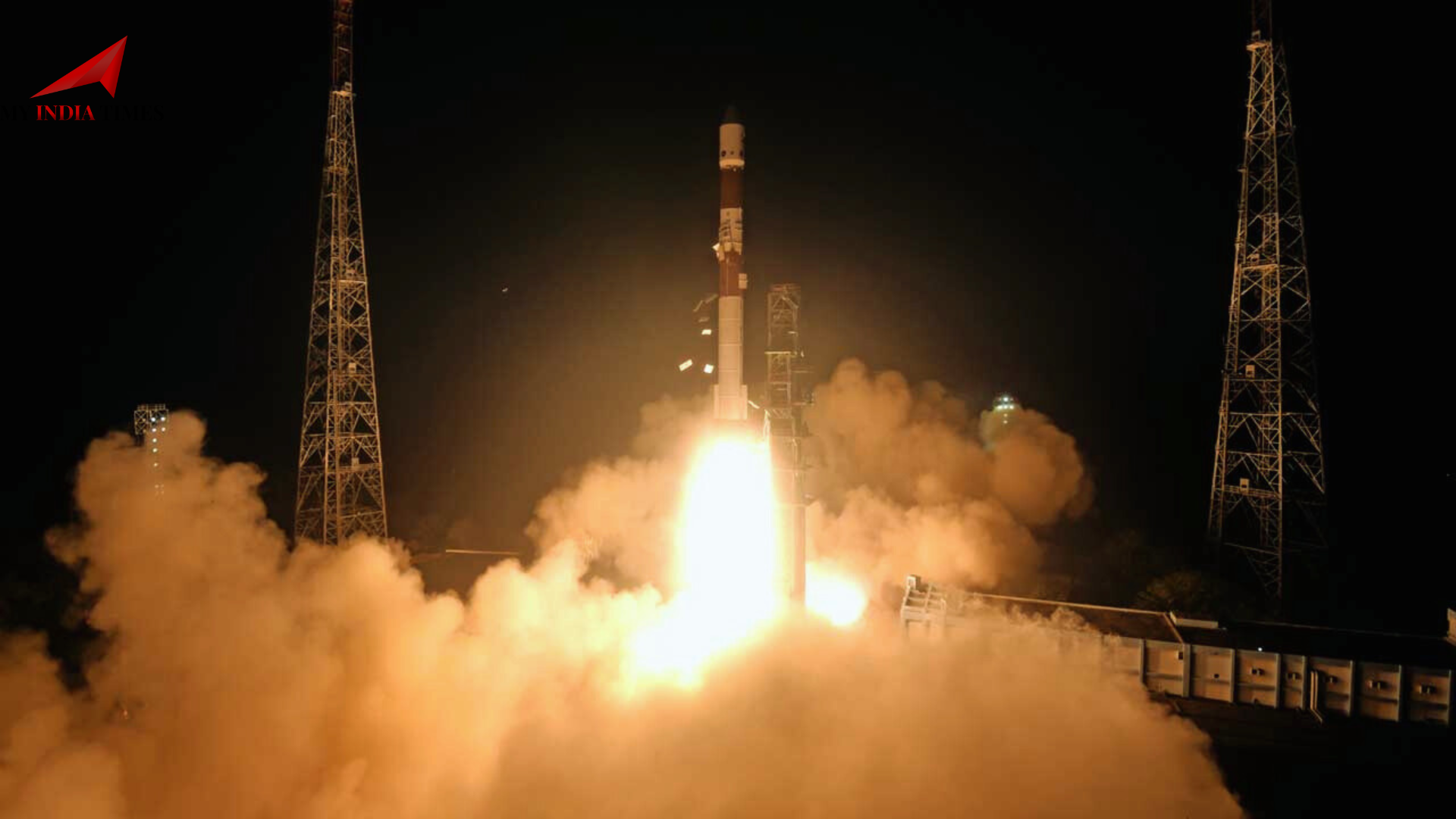









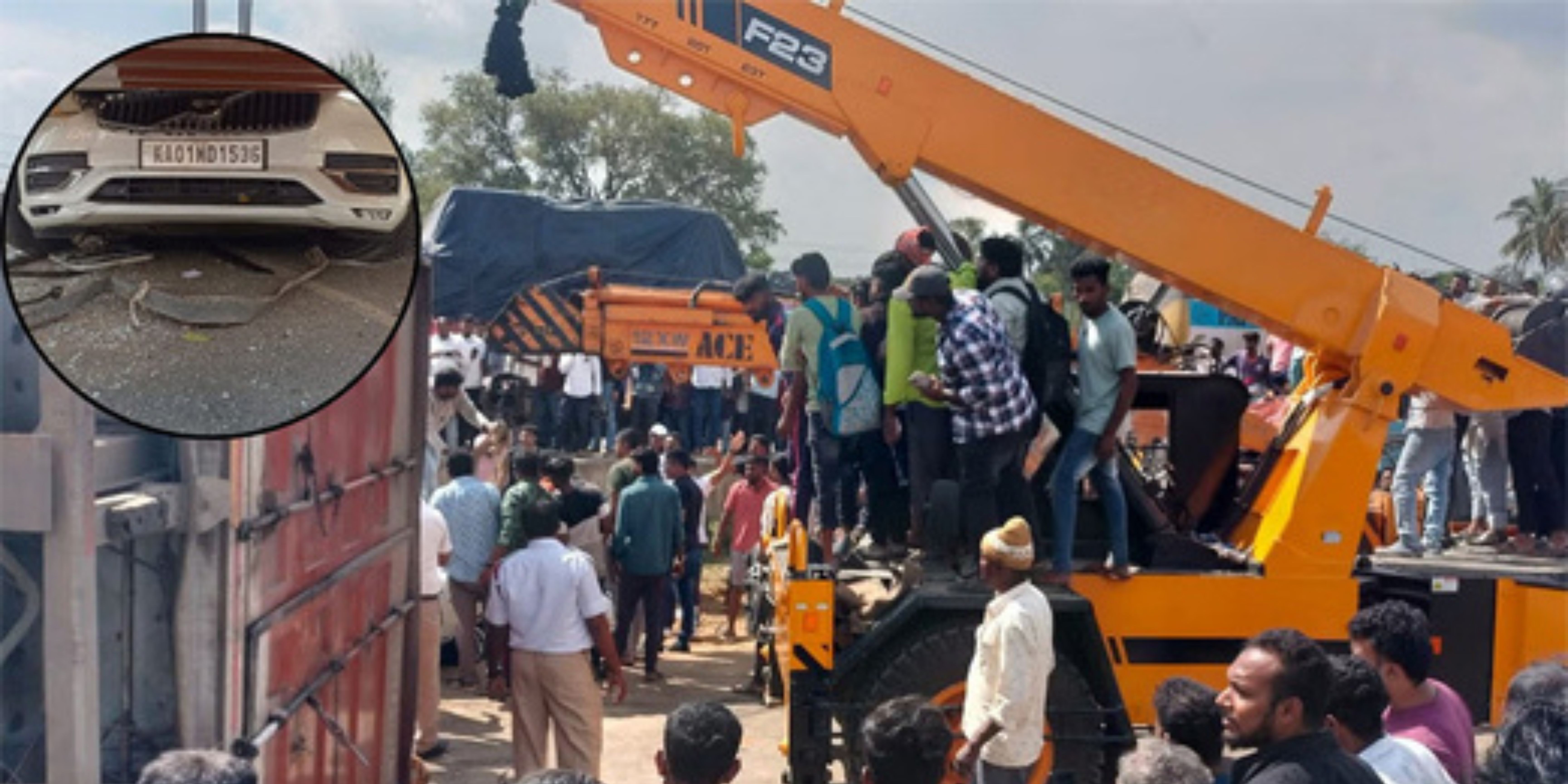




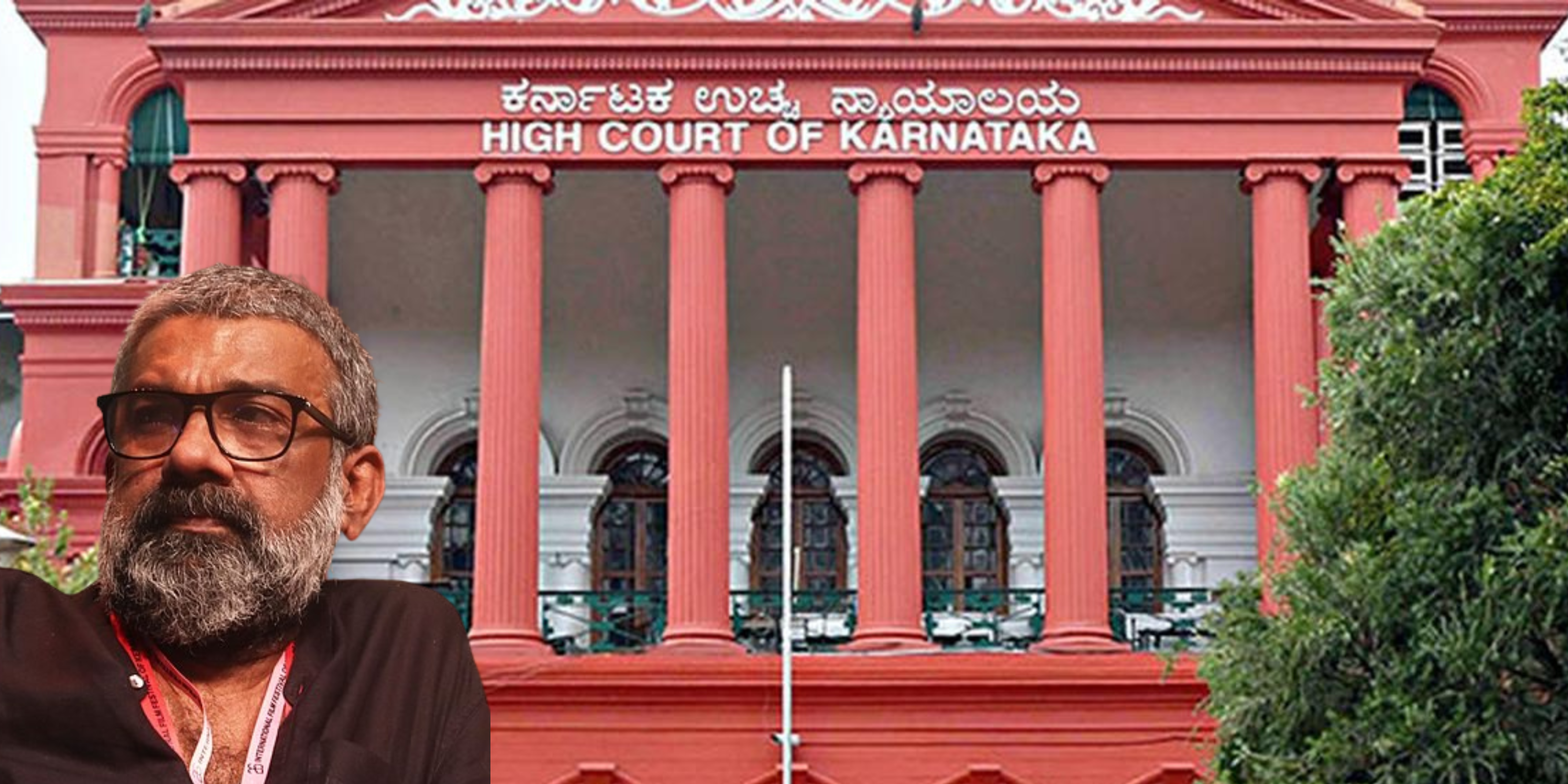

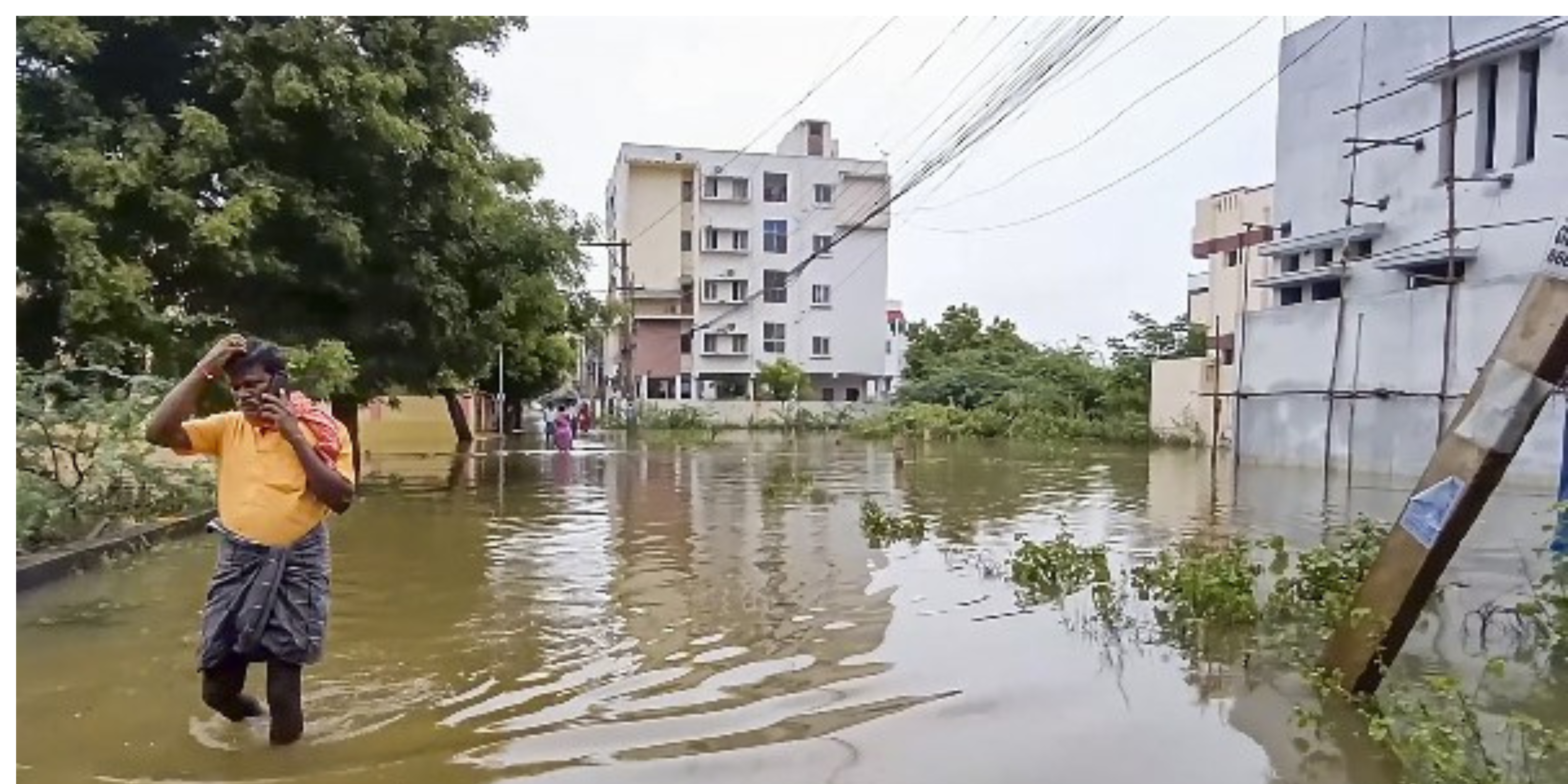
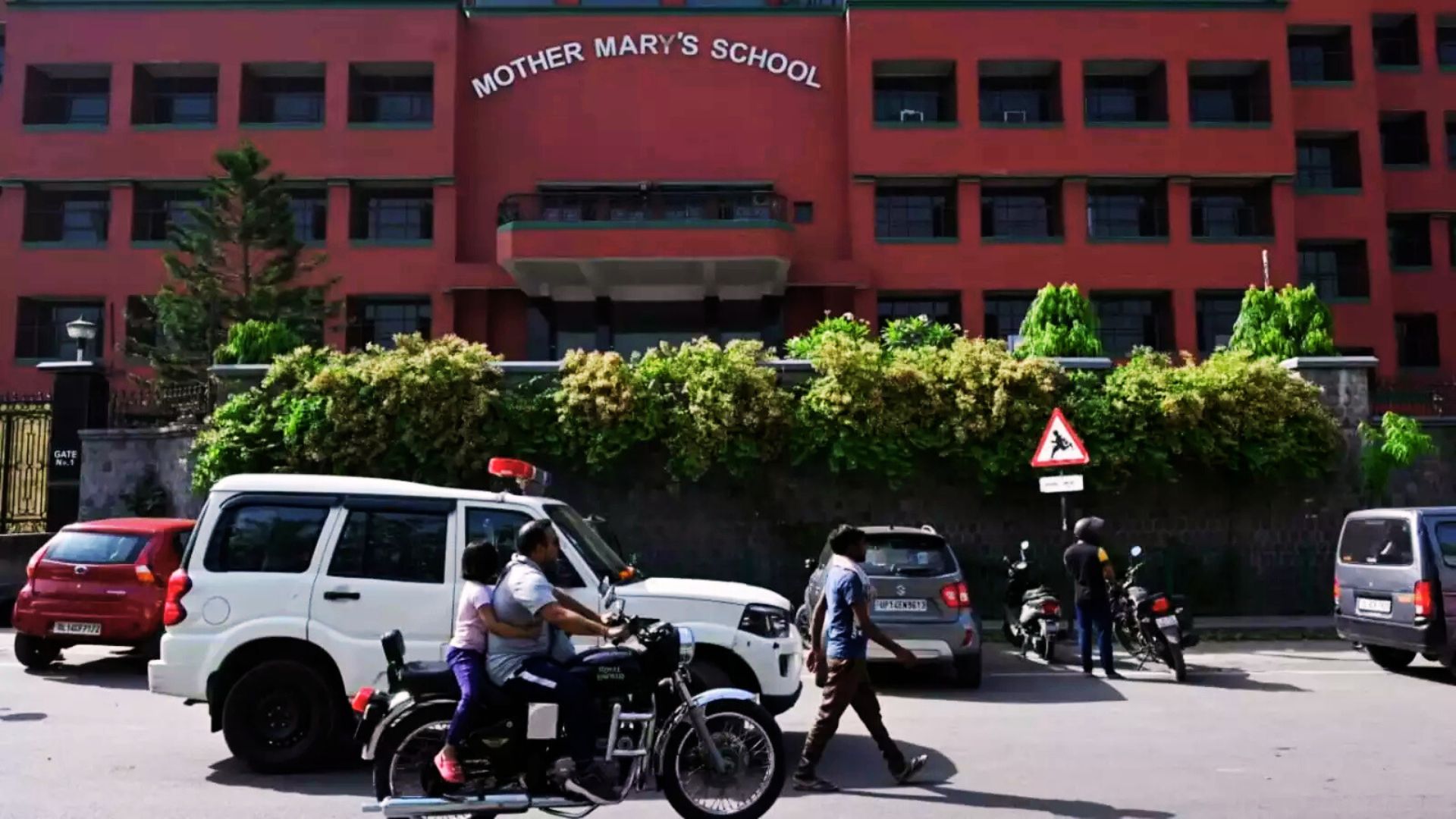

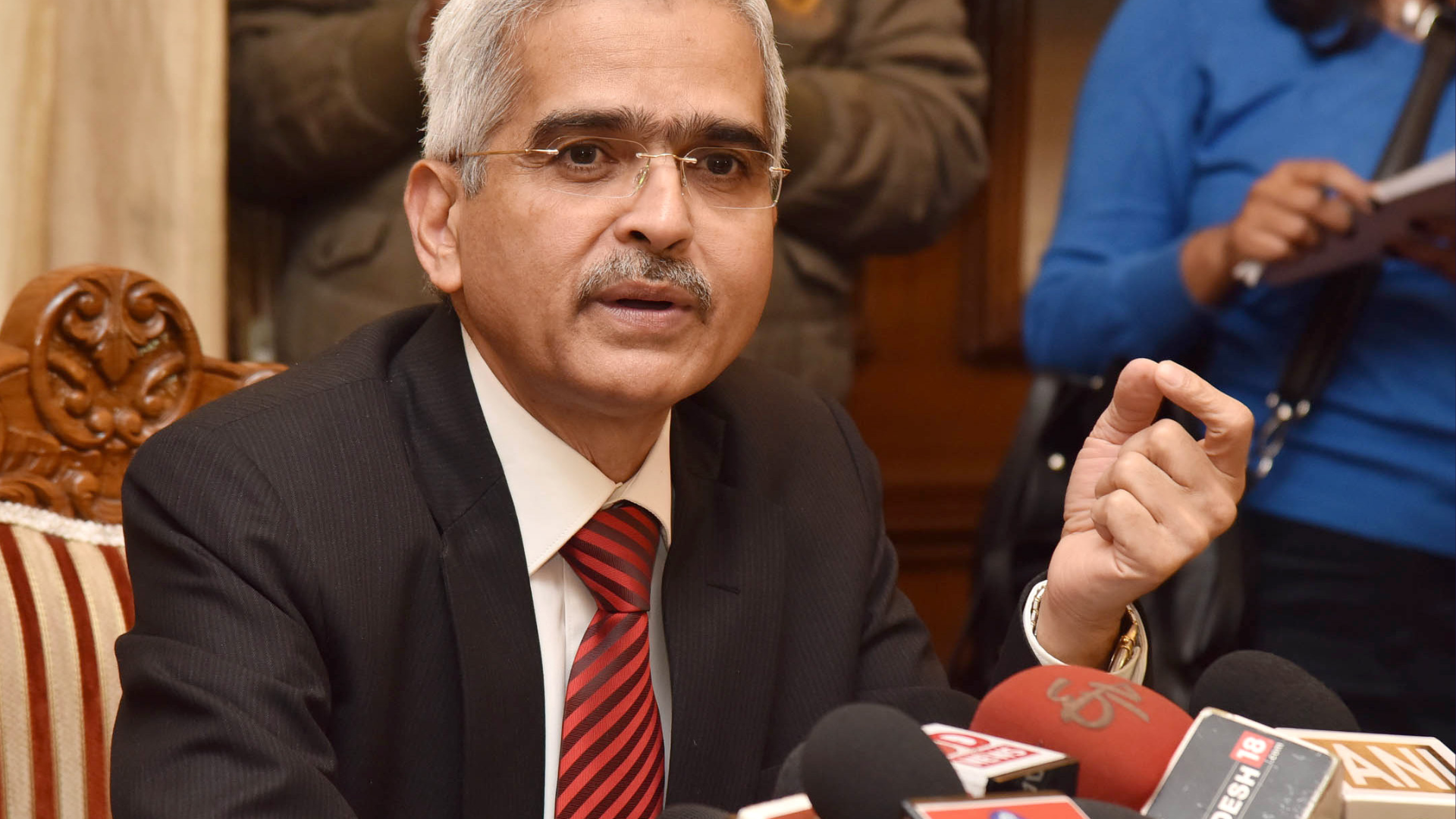



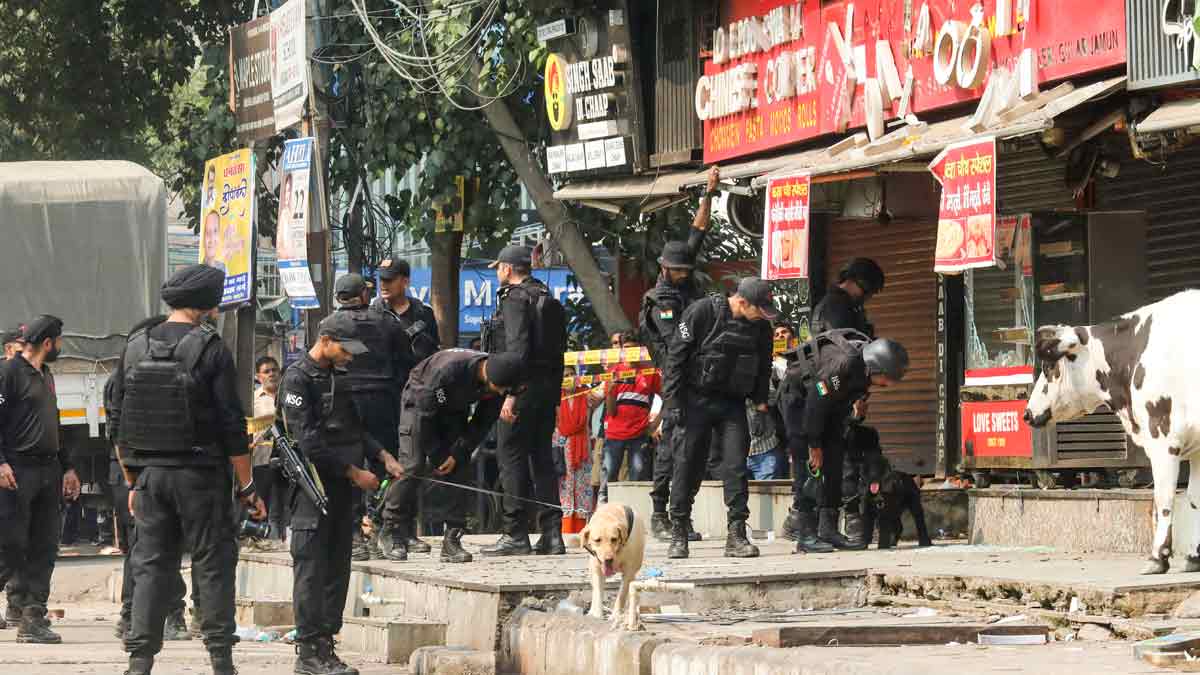
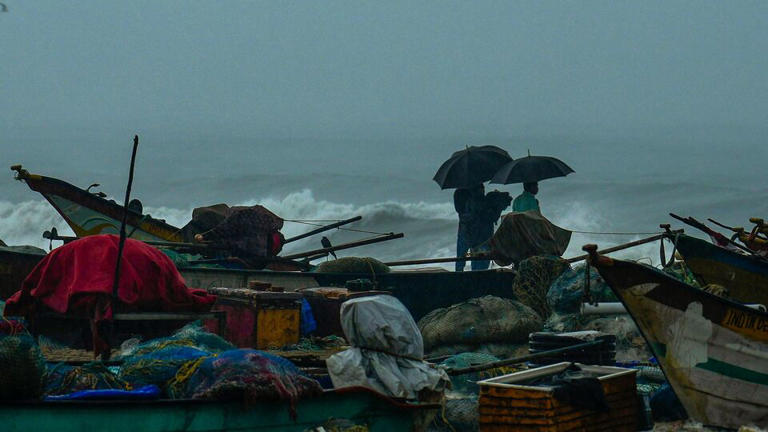


.png)
 (1).png)
